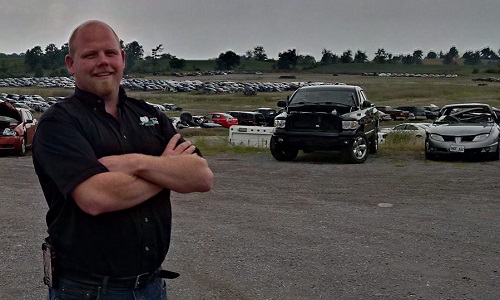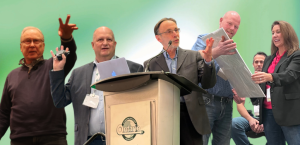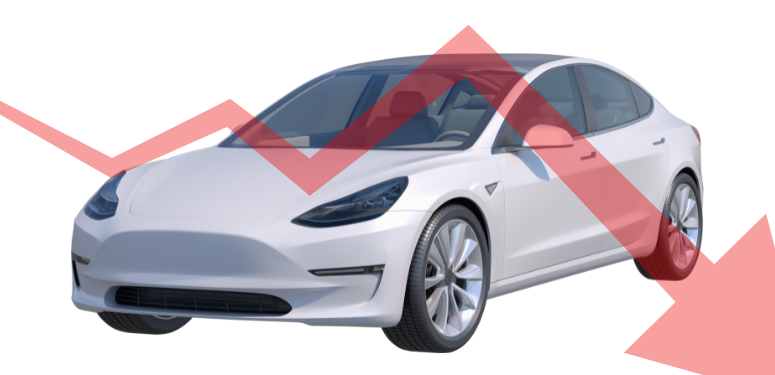Toronto, Ontario — February 7, 2019 — The proper process of recycling End of Life Vehicles (ELV) has become an issue for many provinces in Canada. Setting up standardized regulations is a strategy that is being implemented by many auto recycling associations in order to reinforce the proper way of dismantling a vehicle without disrupting the environment. Collision Repair sat down with OARA chairman Greg Woodbeck to discuss the new regulations in Ontario that directly affect all auto recyclers.
CRM: I keep hearing about new regulations in Ontario for Auto Recyclers. What are the new regulations all about?
GW: The new regulations all pertain to how an End-of-Life Vehicle (ELV) is handled and processed to be ready for recycling. Everyone who dismantles vehicles as a source for parts or metal value must register with the Ministry of the Environment, Conservation and Parks (MOECP) in what is called the Environmental Activity and Sector Registry (EASR). An End-of-Life EASR prescribes a standard to which each vehicle must be depolluted to, and there must be a variety of record keeping and reporting tasks. These standards are comprehensive, but like anything, they only work when properly enforced.
For the first time, there is a good definition of what an auto recycler is, and the opportunity to enforce against those standards. This creates a level playing field in the industry and gives everyone the benchmark to plan their business against the standards.
CRM: How was the industry involved in setting up those regulations?
GW: We have been pushing for new regulations for decades now. We brought to the government the problem unlicensed characters created within the industry. But more importantly, we brought solutions that are good for everyone who has a legitimate stake in the industry. We worked with OEMs, auto shredders, environmental groups, the scrap industry, auctions – everyone who had a stake in ensuring the rules were reasonable and enforceable.
CRM: You mentioned that enforcement is a key part of the process. How is that going?
GW: Enforcement is integral to this regulation and the MOECP has committed to the process. Numerous inspections have taken place and continue to take place since the regulations have come into force. OARA continues regular dialogue with the ministry and its enforcement team. These discussions allow the ministry to have a further understanding of the ELV Industry and give us insight to further understand the expectations of the regulations.
As OARA worked through this process many other stakeholders found themselves involved in one fashion or another. Municipalities have reached out to OARA, so they may understand how our industry works and how it can fit into existing by-laws and zoning. The Ontario Motor Vehicle Industry Council (OMVIC) have also had discussions with OARA regarding how the Ministry of Transportation regulations and MOCEP regulations intertwined.
We continue to see and hear that enforcement is indeed happening and we applaud the MOECP’s efforts as any regulation without follow-up is not progressive.
CRM: Is there any training or education required?
GW: The training requirements of the regulation are very important as its imperative that everyone handling an ELV perform the prescribed activities. It may seem onerous but truly is needed. OARA identified the need to help both its members and non-members alike. OARA has prepared training manual with the intent to help ELV facilities understand and meet the requirements. The manual is an invaluable tool that helps these facilities with reporting and training requirements. The manual is available to both OARA members and non-members alike, so the association is trying to help everyone comply.
CRM: When you started this process did you ever think it would take this long or be this involved?
GW: To be completely honest, no. However, it was an initiative that was much needed, and many paved the way to see regulations. In fact, my Father, Bruce Woodbeck was one of the first OARA chairpersons to start the process. Others picked up where he started, Dominic Vetere pursued the initiative further during his tenure and I could not leave Wally Dingman’s efforts out. Wally has been the longest serving OARA chairperson and truly kept this project at the forefront. Ultimately, seeing it through and into force.
It has been a very involved process but worthy of the effort. As the playing field in the ELV sector continues to level, the environmental benefits are there, and we have a roadmap to further professionalize the overall industry.





































